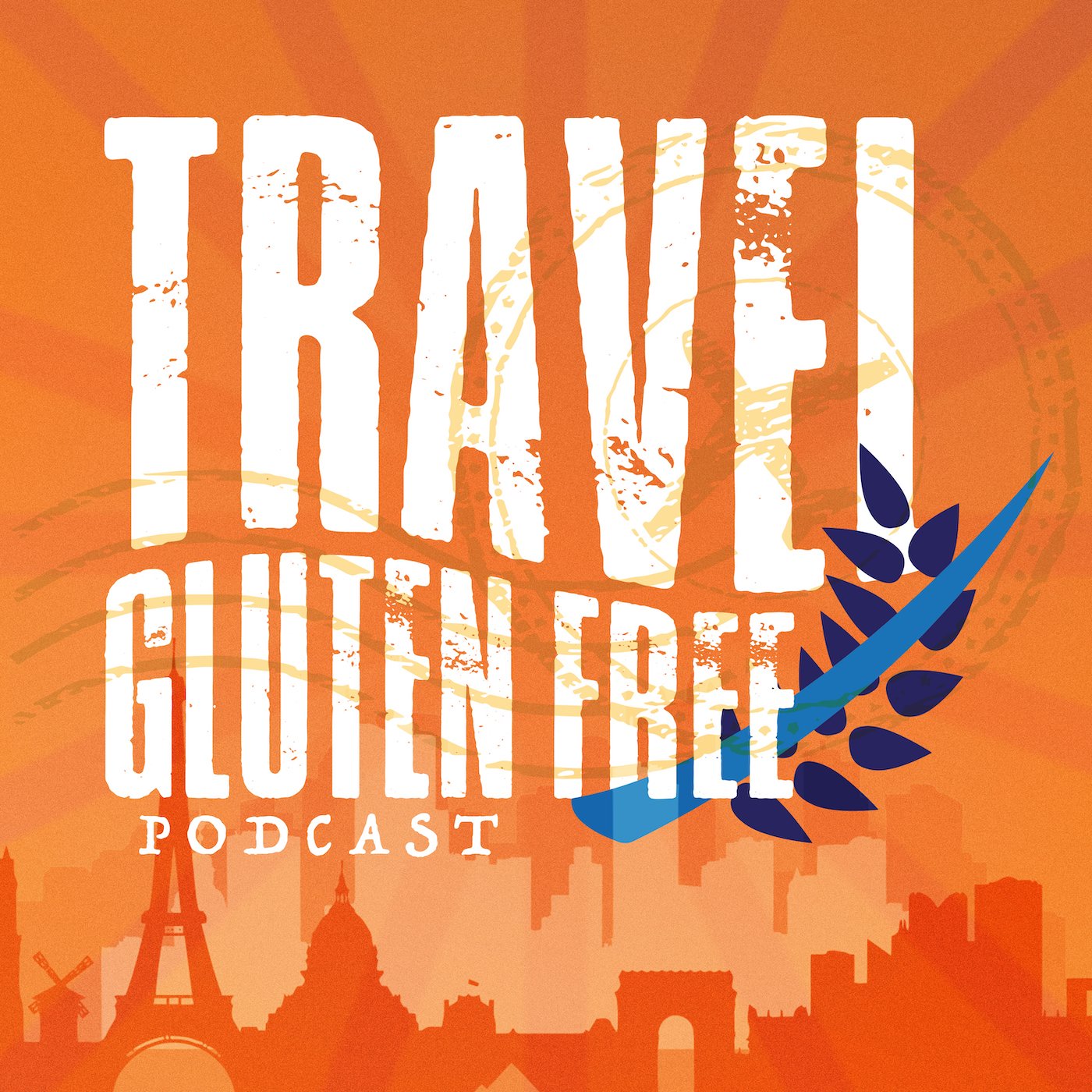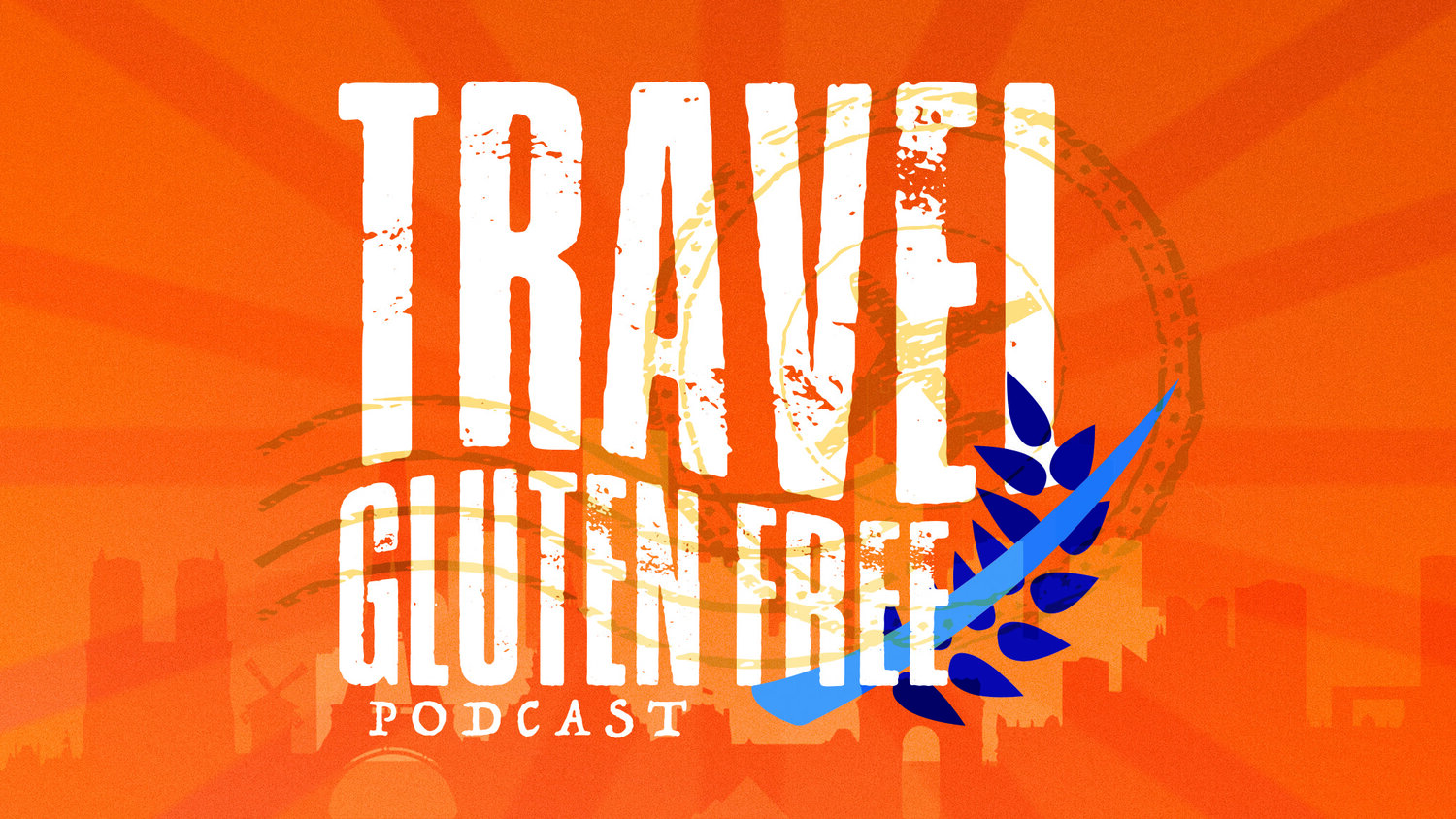What Foods Can You Eat with Celiac Disease?
You’ve probably seen the term gluten-free before. More and more foods are being labeled as gluten-free, more and more restaurants are advertising gluten-free food, and more and more people are going gluten-free. It’s everywhere! But maybe you don’t really know what that means. What is gluten, and what does gluten-free mean?
Gluten is a protein that naturally occurs in some foods. It acts as a binding agent for the food, helping it maintain shape and stretch. The most common foods gluten is found in are wheat, rye, barley, and triticale, a cross between rye and barley. Gluten can be extracted from foods, but also added to other foods.
An easy way to remember why gluten is in so many foods is to remind yourself that it can act as a binding agent - or like glue . . .
Why do people eat gluten free?
Our bodies can’t digest gluten all the way, so minuscule undigested bits make their way to the small intestine. Some people have no problem with this, but some bodies can’t handle it—research suggests that the lining of their small intestine is too permeable. This results in the gluten seeping through the lining and winding up in the bloodstream, causing inflammation. This inability to digest gluten impacts people with gluten sensitivity and people with Celiac disease, an autoimmune response to ingesting gluten.
What is living gluten free?
Living gluten free is avoiding any sort of contact with gluten. This is mainly solved by eating foods that do not contain gluten. Gluten is not naturally occurring in meat, fruit, vegetables, dairy, eggs, beans, legumes, nuts, and seafood. Gluten does not occur naturally in oats as well, but oats are often processed in facilities that also process glutinous products, so they can wind up being cross-contaminated.
Gluten, in addition to being found in wheat, barley, and rye, can be added to a lot of foods, including a lot of foods that you wouldn’t expect: ice cream, soy sauce, food coloring, seasonings, even dietary supplements. Gluten is also often found in non-food items such as medication or beauty products.
How do I know when my food is gluten free?
Unless it’s a fruit, vegetable, or meat, pretty much every packaged food in the U.S. has an ingredient list on it. At the bottom of the ingredient list, a facility warning in bold that says what else the product was processed in. For instance, some containers of oats say they were processed in a facility that also produces wheat, barley, or rye products; some facility warnings are less specific and just say that the product may contain gluten.
Gluten-free products say somewhere on the packaging that they’re gluten-free—normally on the front in a noticeable place. For people with gluten insensitivity, this generally is enough of a guarantee that they won’t have a reaction. However, this gluten-free label does not necessarily mean that the product does not contain gluten. This is because the FDA (the U.S. Food and Drug Administration) allows a product to be labeled gluten free if it contains less than 20 parts per million of gluten. Any fewer PPM of gluten is considered gluten-free, despite technically still containing gluten. This could potentially be an issue for someone with Celiac disease.
So how do you know if the food is safe to eat? Well, you can use a NIMA sensor, a small portable device that allows you to test your food for gluten! This sensor works in less than five minutes and is a great way to test your food wherever you may be, at home or on the go. I’ve written a whole blog post on NIMA sensors and how they work, so you can check that out if you’re curious! Additionally, I have partnered with NIMA Partners to give Travel Gluten Free Podcast listeners a discount on your first purchase of a NIMA sensor!
Living gluten-free means that you can’t eat gluten, which can close a lot of hypothetical food doors for you. However, many foods and restaurants these days are being labeled and advertised as gluten-free. This means that now more than ever, gluten-free people can eat a wide variety of foods without worrying about getting sick or facing long-term health consequences!
At some point - this portable, easy-to-use sensor made by NIMA will detect whether your food contains gluten. To learn more about NIMA Partners and how to use the NIMA sensor, click the links above!
Discover tips on how to safely travel gluten-free with my complimentary ebook, Ten Tips for Traveling Gluten Free! You can also find out more details about how to travel via cruise, road trip, or camping and learn the freedom you can have when you know how to travel with Celiac disease when you grab my Guide to Traveling Gluten Free.


